Asia
China resumes visa-free travel for Japanese citizens
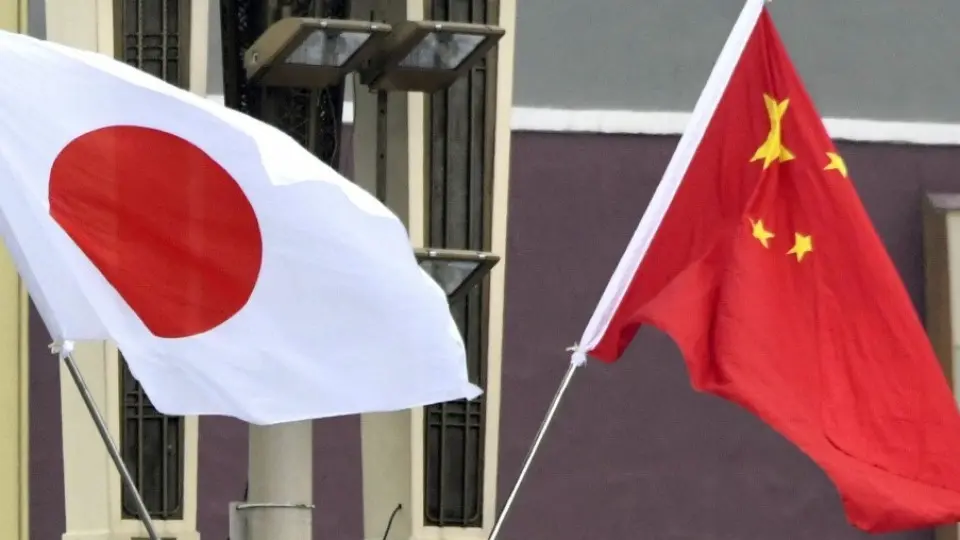
China’s Foreign Ministry announced on Friday that the government will waive visa requirements for Japanese citizens traveling to the country starting 30 November.
Japan now joins a group of European countries, including Bulgaria, Romania, and Croatia, that have been added to China’s visa-free travel list. This arrangement will remain in effect until the end of next year.
The latest exemptions bring the total number of eligible countries to 38. Additionally, Beijing has extended the visa-free stay duration from 15 to 30 days.
This decision follows a meeting between Japanese Prime Minister Shigeru Ishiba and Chinese President Xi Jinping during the Asia-Pacific Economic Cooperation (APEC) forum in Peru last week. Both leaders agreed to cooperate based on their “common strategic interests.”
China had suspended visa exemptions for Japanese and other travelers during the COVID-19 pandemic. Since lifting its zero-COVID policy in 2023, Beijing has reinstated visa-free entry for dozens of countries in Europe and Southeast Asia. However, Japanese citizens still required visas for stays of 15 days or less—until now.
Japanese authorities have been urging Beijing to relax visa policies, aiming to facilitate travel for business and leisure. While this latest move simplifies access, it remains unclear if it will lead to a substantial rise in Japanese visitors to China, given ongoing challenges such as the weak yen, which has dampened outbound travel from Japan.
Conversely, Chinese citizens traveling to Japan must still obtain visas, a policy that predates the pandemic. According to Japanese media, Tokyo is not planning to offer reciprocal visa-free travel to China but is considering simplifying visa procedures to ease the process for Chinese visitors.
Asia
China pledges aid and signs friendship treaty at Central Asia summit
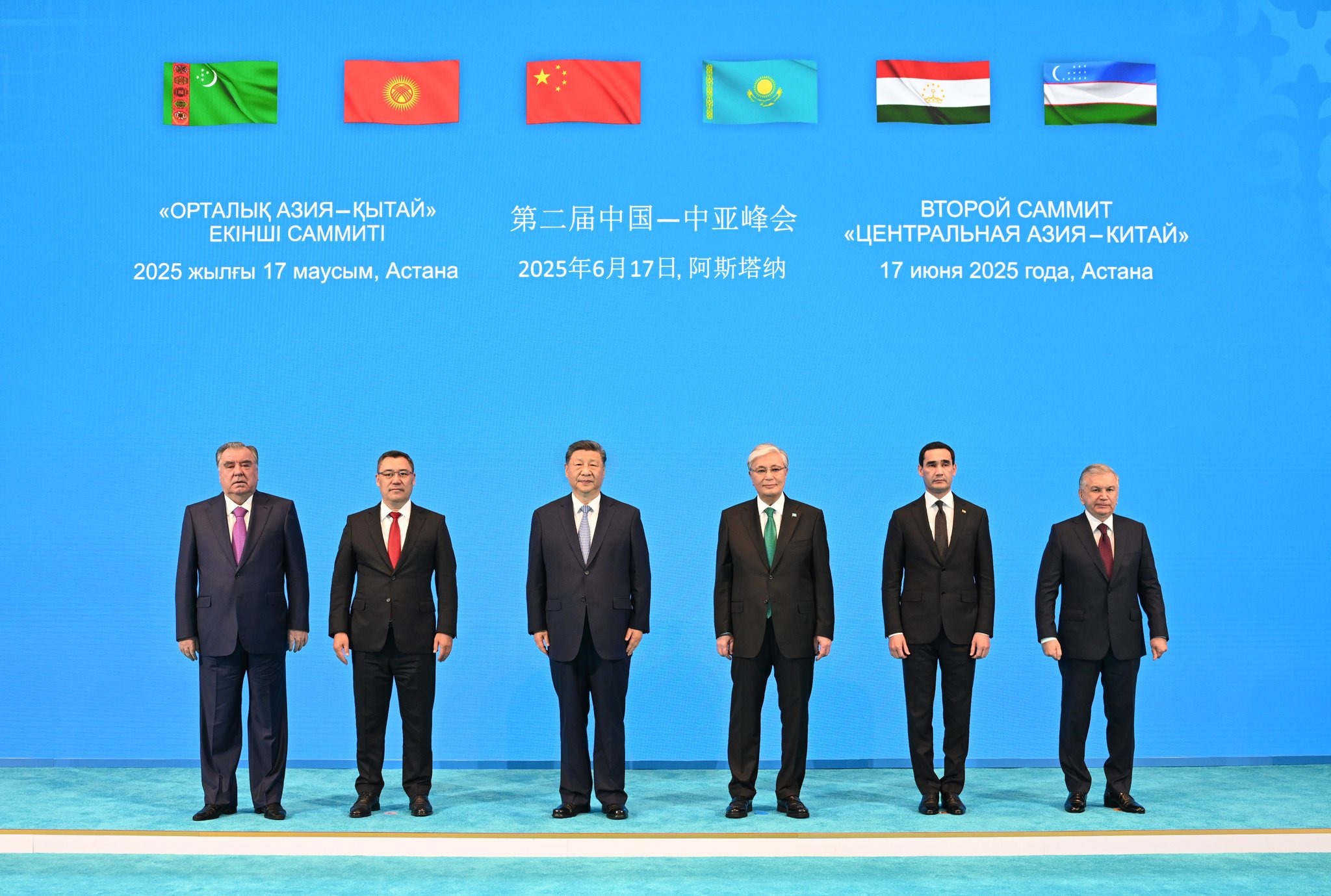
China concluded its latest engagement efforts in Central Asia on Tuesday by pledging 1.5 billion yuan (US$209 million) for livelihood and development projects in the region.
The six nations participating in the second China-Central Asia Summit also signed a historic permanent friendship treaty.
“China is ready to provide 1.5 billion yuan in grant assistance to Central Asian countries this year to support livelihood and development projects of common interest to each country,” Chinese President Xi Jinping stated in his opening address at the summit in Astana, the capital of Kazakhstan.
“Additionally, China will offer 3,000 training opportunities to Central Asian countries over the next two years.”
Xi described the signing of the Permanent Good-Neighborliness and Friendly Cooperation Agreement as a milestone in relations between the six countries, calling it “an innovative initiative in China’s neighborhood diplomacy and a contribution that will benefit future generations.”
China has signed similar agreements with Russia and Pakistan.
Xi also emphasized the need for cooperation in a world that has entered “a new period of turbulence and transformation.”
State news agency Xinhua quoted Xi as saying, “There will be no winner in a tariff and trade war. Protectionists and hegemonists will harm both others and themselves.”
“The world should not be divided, but united; humanity should not revert to the law of the jungle, but work to build a common future for mankind,” he added.
Xi also announced the establishment of three cooperation centers focusing on poverty reduction, educational exchange, and desertification control, as well as a trade facilitation platform under the China-Central Asia cooperation framework.
In a statement on Wednesday, the Chinese Foreign Ministry said that China and the Central Asian countries are eager to improve road and rail connectivity and plan to open more direct flights to and from China to increase mutual exchange.
China will consider simplifying visa procedures with the five Central Asian countries, while all parties will study the feasibility of opening consulates.
Together with Kazakhstan, Kyrgyzstan, and Tajikistan, China will accelerate the modernization of existing port facilities and assess the need for new ones.
The summit was the second of its kind, following the inaugural one held two years ago in Xian, China.
These efforts reflect a deepening of China’s relations with Central Asia, which have historically focused on areas such as transportation infrastructure.
The region is a key part of the Belt and Road Initiative, Beijing’s global development strategy, and China has invested heavily in energy pipelines, infrastructure, and mining projects in Central Asia.
However, China also wants to expand cooperation into sustainable development and renewable energy.
These investments were a major focus of Xi’s meetings with the leaders of the five Central Asian states.
During the meetings, Xi stressed the need to uphold multilateralism and the global trade order. This is part of Beijing’s effort to position itself as a more reliable partner following the US tariff war.
Meeting with Turkmen President Serdar Berdimuhamedov, Xi called for expanding gas cooperation and exploring opportunities in non-resource sectors.
Security was also on the agenda.
“The two countries should further strengthen law enforcement, security, and defense cooperation, jointly combat the ‘three forces,’ and enhance cooperation in cybersecurity,” Xi said, referring to “terrorism, separatism, and extremism.”
Beijing views these forces as threats to national and regional security, and Xi has repeatedly emphasized this stance in his meetings with Central Asian leaders.
While China’s presence in Central Asia has historically focused on economic investments, its influence in the security sphere is growing through joint counter-terrorism drills, training programs, and aid.
This is particularly true in Tajikistan, which shares a long border with Afghanistan, where China is concerned about terrorists returning to carry out operations in its western Xinjiang region.
In his meeting with Tajik President Emomali Rahmon, Xi called for deeper cooperation in law enforcement and security to combat the three forces.
He also called for increasing bilateral trade and investment and improving transportation infrastructure.
Rahmon said Dushanbe would expand cooperation in new areas such as new energy, green industries, and artificial intelligence, and would “strengthen coordination with Beijing for the Shanghai Cooperation Organisation (SCO) to play a greater role.”
The SCO is the main forum for relations between China and the landlocked region. This political, economic, and security bloc was founded in 2001 by China, Kazakhstan, Kyrgyzstan, Russia, Tajikistan, and Uzbekistan. Turkmenistan, reflecting its commitment to “permanent neutrality,” is the only Central Asian country outside the organization.
On Tuesday, Xi also held talks with Kyrgyz President Sadyr Japarov, describing relations between the two countries as being in “the best period in history.”
Xi said the construction of the China-Kyrgyzstan-Uzbekistan railway is a top priority, but new growth drivers such as clean energy, green mining, and artificial intelligence should also be developed.
The talks followed the signing of cooperation documents between China and the summit’s host country, Kazakhstan, covering trade, investment, technology, tourism, and customs.
Xi asked his Kazakh counterpart, Kassym-Jomart Tokayev, to accelerate cross-border railway projects and the improvement of port infrastructure.
Xi also stated, “Beijing and Astana should be strong supporters of each other in turbulent times.”
According to the Kazakh presidential office, Tokayev described relations between the two countries as stable and “not negatively affected by geopolitical challenges and turmoil or the international situation.”
Asia
Iran’s uranium enrichment program since 1979
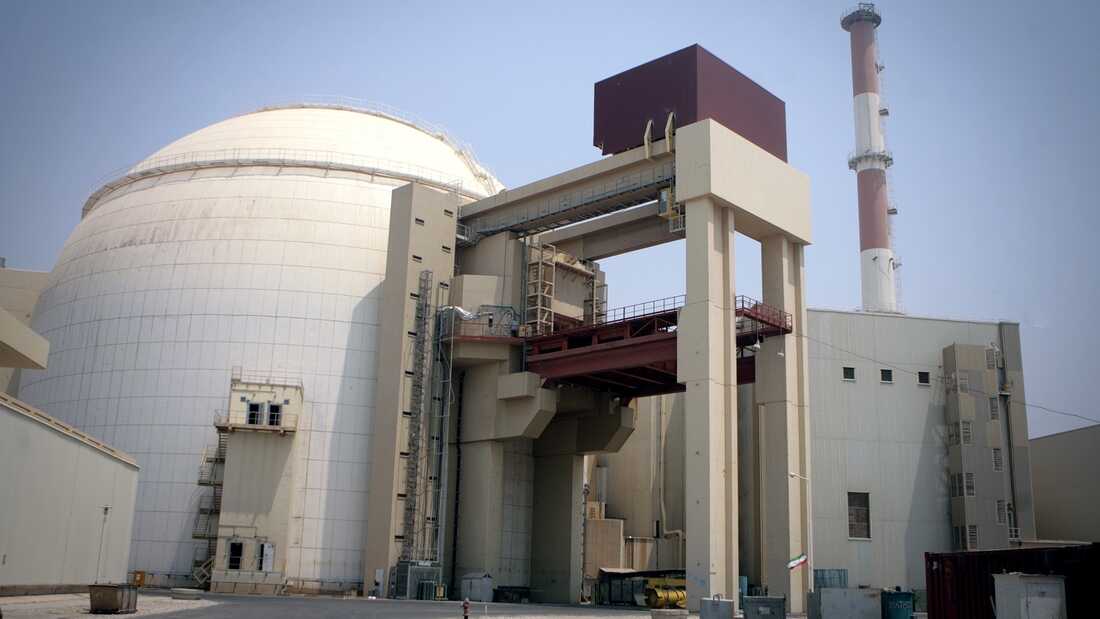
Iran’s uranium enrichment program underwent major changes after the Islamic Revolution in 1979. During the Pahlavi dynasty, Iran had extensive cooperation with Western countries and even received offers to participate in enrichment consortiums.
But after the revolution, this cooperation stopped and Iran pursued the independent development of its own nuclear technology. In the 1980s, Iran was able to achieve an enrichment level of 3.67 percent, which was suitable for supplying fuel to nuclear power plants.
Over time, this rate increased, reaching 60 percent at some points, which raised concerns internationally. Accordingly, the JCPOA, a nuclear agreement between Iran and world powers, was signed in 2015. The agreement was concluded by Iran and the P5+1 group (the United States, UK, France, Russia, China, and Germany) and aimed to limit Iran’s nuclear program in exchange for the lifting of economic sanctions.
Under the deal, Iran committed to limiting its enrichment level to 3.67 percent and reducing its stockpile of enriched uranium. Extensive monitoring by the International Atomic Energy Agency was also imposed on Iran’s nuclear facilities.
US withdrawal from the JCPOA caused Iran to gradually reduce its commitments and increase its enrichment level.
But in 2018, the US administration under Donald Trump withdrew from the JCPOA agreement. The reasons for this withdrawal included US concerns about Iran’s regional influence and the lack of coverage of Iran’s missile program in the agreement.
The US withdrawal from the JCPOA caused Iran to gradually reduce its commitments and increase its enrichment level. In the following years, Iran announced that it had achieved 60pc enrichment and even had plans to increase this level further.
Because uranium enrichment has many applications – at low levels (3.67 percent), it is used to produce fuel for nuclear power plants. At higher levels (20 percent), it has medical applications, including the production of radioactive isotopes for cancer treatment.
But enrichment at 90 percent would lead to the production of nuclear weapons, although Iran has always insisted that its nuclear program is peaceful.
Deadly conflict between Iran and Israel, the two arch-enemy and its impact on the region
The conflict between Iran and Israel is also directly related to Iran’s nuclear program. Israel has always considered Iran’s nuclear program a threat to its security and has in some cases launched cyberattacks and even physical attacks on Iranian nuclear facilities.
On the other hand, Iran considers Israel a threat to the region and supports resistance groups in the region. These tensions have made the Iranian nuclear issue one of the main axes of regional disputes.
Meanwhile, the war between Iran and Israel has widespread effects on the region and especially on the economies of neighboring countries, including Afghanistan.
This conflict not only has military and political consequences, but has also affected the economy of the region and increased economic instability.
Israeli attacks on Iran’s nuclear and military facilities, especially oil facilities, could reduce Iran’s oil production and exports.
This will lead to an increase in global oil prices, which will have a direct impact on the economies of countries that depend on energy imports. Countries in the region, including Turkey, Iraq, and Afghanistan, which source some of their energy from Iran, will face increased import costs.
However, Afghanistan will be directly affected by the war due to its heavy dependence on imports from Iran. The country imports many consumer goods, including food, fuel, and construction materials, from Iran.
The energy crisis is also a major consequence of the conflict between Iran and Israel
If the war intensifies, these imports will be disrupted and prices will increase. The energy crisis is also a major consequence of the conflict. Afghanistan gets a significant portion of its electricity from Iran, and if Iran’s energy exports decrease, Afghanistan will face a power shortage, which will have a negative impact on industries and the daily lives of people. Disruption of trade routes is another consequence of this war.
Reduced imports from Iran and increased transportation costs will increase inflation in Afghanistan, which will put more economic pressure on the people.
These effects occur through several economic and geopolitical mechanisms. New sanctions against Iran could reduce the country’s exports and increase the price of imported goods to Afghanistan.
Regional instability could also increase insecurity on the Iranian-Afghan border, which would affect trade and investment.
Military conflicts could make trade routes unsafe and increase the cost of transporting goods. A prolonged Iran-Israel war would be not only a military crisis, but also an economic crisis for the region and Afghanistan.
Rising oil prices, disruptions in trade, an energy crisis, and inflation are among the consequences of this war. Afghanistan, due to its heavy dependence on imports from Iran, will be the most affected and may face serious economic and social problems. The future of this crisis depends on diplomatic decisions and regional developments; but what is certain is that its economic effects will be widespread and long-lasting.
Asia
China’s retail sales beat expectations amid ongoing property slump

Economic data released by China indicated an improvement in consumption during May.
Retail sales exceeded expectations ahead of a major online shopping festival, even as US tariffs continued to negatively impact the country’s manufacturing and exports.
According to data released today (June 16) by the National Bureau of Statistics (NBS), retail sales, a key indicator of consumption, grew by 6.4% in May, compared to the 5.1% growth recorded in April.
The figure surpassed the 4.85% growth forecast by financial data provider Wind.
The increase in consumption figures came as China prepared for one of the year’s largest online shopping festivals on June 18, and as the government continued to boost consumer spending through a trade-in program for white goods and other household items.
According to the Ministry of Commerce, China’s trade-in program generated approximately 1.1 trillion yuan ($153 billion) in sales this year as of May 31. However, some regions have suspended their programs in recent weeks due to a depletion of funds.
Zhang Yuhan, chief economist at The Conference Board’s China Center, said the retail data “looked strong,” attributing this to a combination of “holiday effects and the ongoing impact of consumption-stimulating policies,” particularly in the dining and home appliance segments.
NBS data showed that sales of home appliances and audiovisual equipment increased by 53% in May, following a 38.8% rise in April.
However, Zhang noted that “China-US trade tensions, low industrial product prices, and a sluggish real estate market will be constraining factors for growth.”
Under pressure from US tariffs and fierce domestic competition, industrial production increased by 5.8% year-on-year in May, according to NBS data.
This figure was below the 6.1% growth recorded in April but exceeded Wind’s forecast of a 5.66% increase.
The NBS stated that the Chinese economy has maintained its stability while withstanding multiple pressures.
NBS spokesman Fu Linghui said, “Looking ahead, China has sufficient policies that can be dynamically adjusted according to changing conditions and will continue to provide strong support for maintaining stable and sustainable economic growth.”
The data follows last week’s announcement of the lowest quarterly export growth.
China’s national fixed-asset investment rose by 3.7% in the first five months of 2025, down from a 4% increase in the January-April period and below Wind’s forecast of 4.04%.
Real estate investment, which has long been a drag on the economy following solvency issues at several major property developers, continued to decline. It fell by 10.7% year-on-year in the January-May period, compared to a 10.3% drop in the first four months.
New home sales by floor area fell by 2.9% in the first five months, following a 2.8% decline in the first four months.
According to data from China Real Estate Information, the sales revenue of China’s top 100 real estate developers recorded a year-on-year decline of 7.1% in the January-May period. This drop was greater than the 6.7% decline recorded in the January-April period.
Zhang Zhiwei, president and chief economist at Pinpoint Asset Management, warned that the outlook for the Chinese economy remains uncertain, as the May data sent “mixed messages.”
Zhiwei stated, “The concentration of export activities in the first half of the year helped the manufacturing sector stay afloat. It is uncertain how long exports can sustain this momentum in the second half of the year.”
According to Huang Zichun, a China economist at Capital Economics, export growth is likely to slow further by the end of the year, as US tariffs remain high and exporters face broader restrictions.
Huang said this year’s budget indicates that fiscal support will slow in the second half of the year, while the ongoing downturn in the real estate sector will continue to weigh on growth.
The combination of these factors points to a further slowdown in the economy, with growth projected to be around 3.5% by the end of the year.
Meanwhile, government data showed that the urban unemployment rate fell to 5% in May from 5.1% the previous month.
-

 Opinion1 week ago
Opinion1 week agoEuropean defense autonomy and Germany’s military role enter a turning point
-
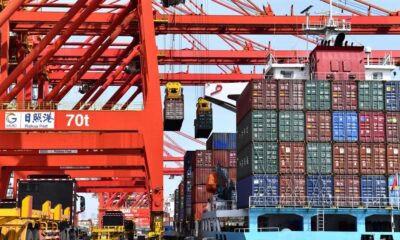
 Asia2 weeks ago
Asia2 weeks agoOECD forecasts slower Chinese economic growth due to trade war
-

 Diplomacy4 days ago
Diplomacy4 days agoFormer diplomat warns forcing Iran out of the NPT is the greatest danger
-
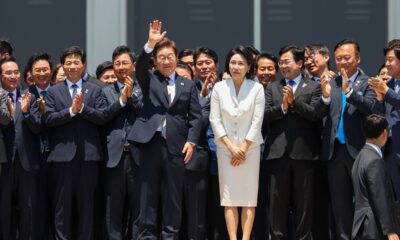
 Asia2 weeks ago
Asia2 weeks agoLee Jae-myung inaugurated as South Korea’s new president, vows unity and economic revival
-

 Asia1 week ago
Asia1 week agoJapan, US showcase B-52 bombers in nuclear deterrence dialogue
-

 Middle East6 days ago
Middle East6 days agoNetanyahu’s government survives no-confidence vote as Haredi crisis is delayed
-

 Europe2 weeks ago
Europe2 weeks agoVatican under Pope Leo XIV warns against AI ‘playing God,’ urges ethical development
-

 Europe2 weeks ago
Europe2 weeks agoMerz government plans €46 billion corporate tax cut for Germany
















